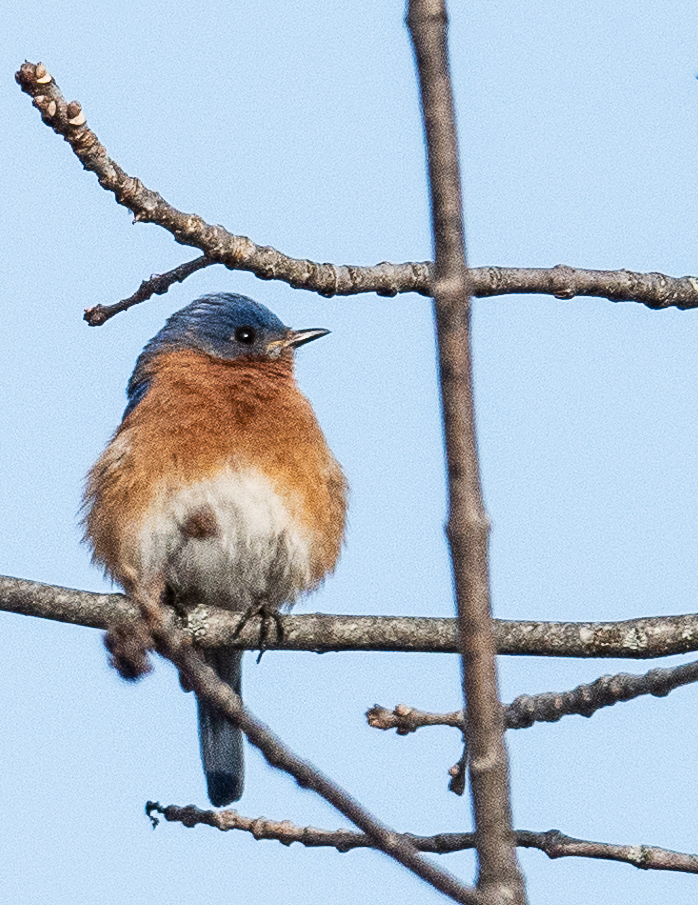[Well, the best laid plans…. etc etc… I am not going to get to England for another week, for Covid-related reasons. (Everyone is fine.) So I dug out this blog that I composed this time last year and never sent.]
In the woods a tiny rivulet flowed across the trail, creating miniature ponds amongst the leafmold. In one of these there was a huge swarm of tiny dark grey insects, so small they looked at first glance like poppy seeds.

I had no idea what they were, but they moved, so they were alive.
In closeup, they look like this:

They are Springtails, also called Snowfleas, Podura aquatica. They do not live in the water, but on the water, held up by the surface tension. Why Springtail?? Under their tail there is a hinged structure, and if they are disturbed they shoot many times their own height up into the air. Mind you, since they are only 1.5mm long this is not actually all that high!
They are very primitive insects that never evolved wings, and they don’t go through different metamorphic stages. They are thought to be vegetarians.
More elegantly, two Yellow-bellied Sapsuckers, Sphyrapicus varius, were drumming to each other in the treetops. Like the red-bellied Woodpecker I showed you last year, they have flashes of brilliant scarlet plumage. Here is the male, with yellow(ish) belly in evidence:

Here is another male, this time feeding:

They are called sapsuckers because they really do eat sap. They have a highly systematic drilling technique, which produces rows of small holes, like this:

This passage from Wikipedia describes how they operate:
“Before feeding consistently on a tree, this sapsucker lays down exploratory bands near a live branch. These bands are laid down in horizontal rows. When it finds a tree that is photosynthesizing, then it lays down more holes to feed, about 0.5 centimetres (0.20 in) above the primary bands. These form columns. Each hole is started as an oval elongated horizontally, drilled through the bark and phloem layers to the outside of the xylem. They are then drilled further, with the sapsucker enlarging it vertically, making it yield more sap, but only for a few days. The top holes in each column thus provides phloem sap, and this sapsucker also utilizes the bast (fibrous tissue, MY) from the edges of the holes drilled. In the winter, when the holes are drilled on conifers, bast is likely the most important food.”
Watch and hear him drill in this video, and then two more photos to finish with. The first is a juvenile, and the second is a close-up of the male in the video.


Hopefully there will be no more delays to my travel plans, and I will go quiet on you for a few weeks. No news is good news.















